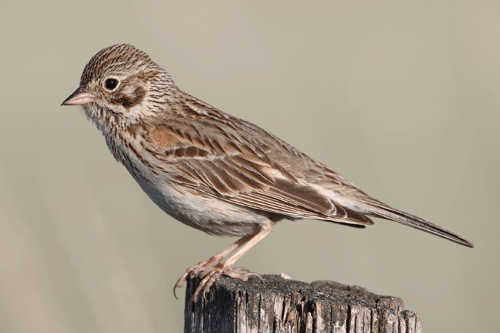
MWBA Monthly Speakers
“Birding Harney County”
Harry Fuller – September 18, 2025
Harry Fuller is a passionate Oregon birder and natural history author. His most recent book, Birding Harney County, provides details about birding in the largest county in Oregon which boasts 10,200 acres of varied habitat. There are about 390 bird species, including Eastern and Western Kingbird, Blackburnian Warbler, Sandhill Crane, Bobolink, and Prairie Falcon. Birding Harney County provides guidance on where and when to find year-round and migrant bird species, and includes maps and other information important for a successful bird outing.
Harry is very active in many birding activities, including leading field trips for the Malheur National Wildlife Refuge as well as other locations from Big Sur north to Puget Sound. He is a founder of Partnership for International Birding, which offers small-group birding tours on six continents. Harry is also a regular contributor to the Salem Reporter with his “Some Fascinating Things About Birds” column. Harry’s other books include Freeway Birding, San Francisco to Seattle, and Great Gray Owl in California, Oregon and Washington (co-author). Visit Harry’s website and blog at towhee.net (currently under maintenance)
(Information courtesy of Bird Alliance of Oregon)

2025-2026 Speaker Schedule
Hybrid in-person and Zoom meetings
Sept. 18 – Harry Fuller: “Birding Harney County”
Oct. 16 – Ben Sonnenberg: “Mountain Chickadees”
Nov. 20 – Luke Stuntz: “Predation of Sea Birds by River Otters”
Dec. 18 – Member Slide Show: emceed by Sue Powell
Jan. 15 – Jarod Jebousek: “New Willamette Valley Wildlife Refuge”
Feb. 19 – Jesse Ott: “Jackson-Frazier Wetlands”
March 19 – Paul Engelmeyer: “Ten Mile Creek Sanctuary”
April 16 – Bill Ripple: “Climate Change”
May 21 – Matt Lee & Sue Powell: “Tanzania & Kenya Birds and Wildlife”
If you would like to suggest a speaker for MWBA’s 2026-2027 monthly presentations, please contact Mai Kiigemagi at audubon.corvallis@gmail.com.
How to See the Monthly Presentations
The 2023 – 2024 Monthly Meetings will be both in-person and available on Zoom. February and March presentations will be held in the Corvallis Community Center Chandler Ballroom. At 6:30 pm is the social gathering, followed by a business meeting at 7:00 pm. The presentation may start as early as 7:20 pm, and it lasts about an hour. For those who are viewing the presentation via Zoom, we suggest you tune in at 7:15.
The in-person meetings will also be available on Zoom to MWBA members who provided their email address with their membership dues. They will receive an invitation and instructions the day before the webinar. Members may view the presentation on their computers or phones at home. A few days following the meeting, the link to the recording will be posted on the MWBA website (see Past Presentations below).
Past Video Presentations
To view recorded presentations from December 2022 to May 2023, click on the links below.
May 2025
Northern Saw-whet Owls (NSWOs) are difficult to study because they are small, nocturnal, and reclusive. Jayshaun will discuss why it is crucial to study them in order to understand broader ecological trends. Because the owls are important for a diverse and healthy ecosystem, population shifts of NSWOs can reflect habitat quality and the impacts of climate change. Link to Zoom recording

April 2025
Mark presented information about why he studies Black-backed Woodpeckers, how they select breeding sites from local to landscape scales, and how fire impacts their habitat. He is studying both forests of south-central Oregon that were subjected to wildfire and also green conifer forests. The results are important for land managers to maximize the conservation value of burned and green forests. Link to Zoom recording
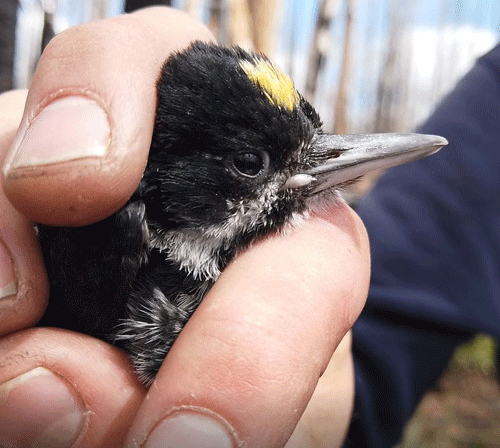
March 2025
Roy Lowe took members on a visual birding trip to Colombia, from near sea level to the Andes. Roy’s presentation featured a myriad of colorful images of many of the awesome birds he encountered from imposing Mountain Toucans, to brilliant tanagers, scintillating hummingbirds, secretive antpittas, and the bizarre but beautiful Andean Cock-of-the-Rock. Link to Zoom Recording
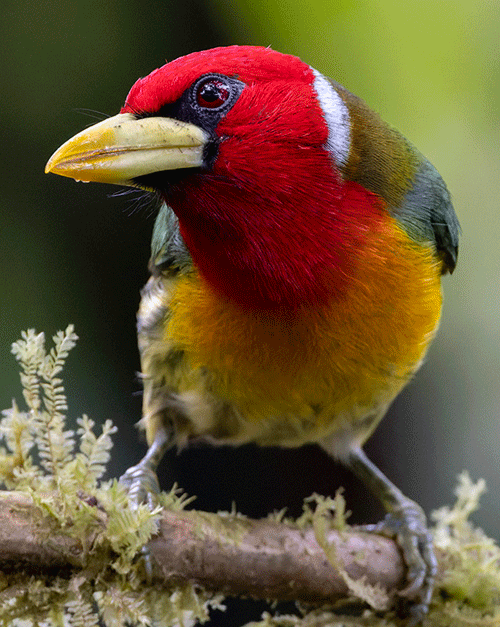
February 2025
Vesper Sparrows were once abundant summer residents of the Willamette Valley. These birds are now found at only a handful of known nesting sites, mostly on private grazing land or Christmas tree farms. Joel described recent research to identify key factors responsible for local population declines or extinction, as well as newly discovered fascinating behaviors. This talk covers research on Oregon Vesper Sparrow over the past 12 years, presented by Joel Geier and Jayshaun Talbert, with major contributions by Lisa Millbank. The research has been led by Bob Altman (American Bird Conservancy), Sarah Rockwell (Klamath Bird Observatory), and Gary Slater (Ecostudies Institute).
Link to Zoom recording
January 2025
Sea otters are charismatic marine mammals that once thrived along Oregon’s coastline. Two centuries of fur trading caused their local extinction, and without them, Oregon’s kelp forests have suffered, Chanel Hansen and the Elakha Alliance are dedicated to restoring a healthy population of sea otters, which will increase the resilience of the ecosystem.
Link to Zoom recording
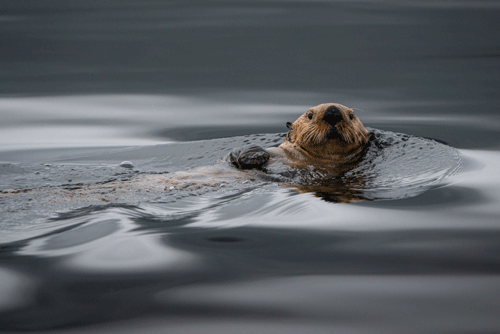
December 2024
Five MVBA members shared some of their favorite photos and videos during the annual Member Slide Show. Tom Heath showed beautiful birds plus a river otter, coyote, and pronghorn, ending with his unique dahlia. Carolyn Peterson had awesome bird, reptile, and marine photos from her trips to California and Indonesia. Teri Engbring brought beautiful shots of Alaska glaciers, Italian Alps, and a few family favorites. Matt Lee had amazing photos and videos featuring Heron Island, Tasmania, and Victoria, Australia wildlife. Sue Powell shared an underwater video from a Great Barrier Reef island.
Link to Zoom recording

November 2024
OSU Master’s student Richard Rich presented a great overview of both Greater Sage-grouse and Common Ravens, including ID tips and life history information. He described his research into raven-grouse interactions and surprising new evidence of undocumented raven behaviors. Link to Zoom recording
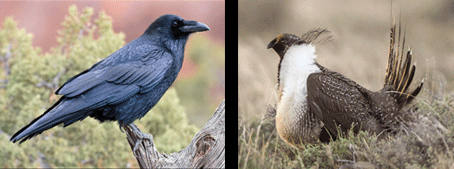
October 2024
Retired biologist Ann Eissinger presented an overview of Great Blue Herons, including life history, habitat, status, monitoring, and conservation efforts. Ann spent over 30 years studying the birds in Washington and continues to volunteer as a science advisor for heron projects in NW Washington. Link to Zoom recording
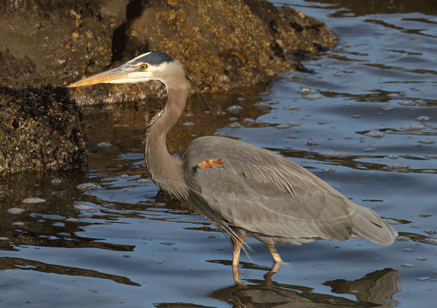
September 2024
Peter Moore discussed the results of population surveys of three albatross species that nest on Campbell Island, NZ. Removal of non-native Norway rats was completed in 2001 and resulted in population recovery of the albatrosses and other endemic species. Link to Zoom recording
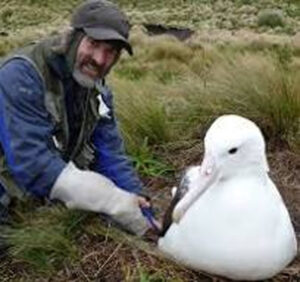
May 2024
Carina Kusaka’s presentation described her research about detecting changes in Tufted Puffin breeding habitat along the Oregon Coast. Her work will determine will help land managers to direct conservation activities where and how they will be most effective. Carina is also the author and illustrator of the children’s book Polly the Puffin.
Link to recording
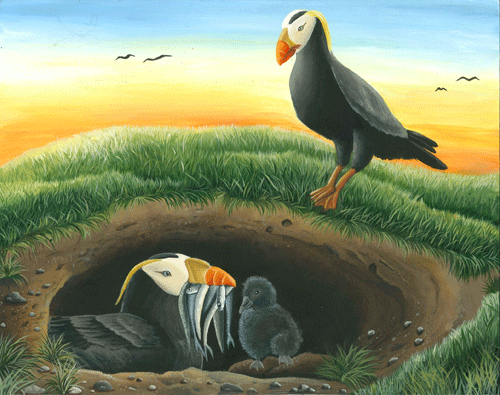
April 2024
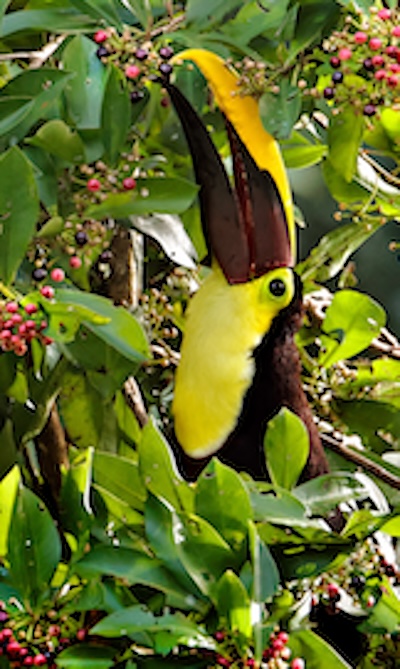
Nikkie Cross shared eBird, which can target and locate new birds wherever you travel, track your life list, and contribute your sightings to help scientists worldwide.
Link to recording






